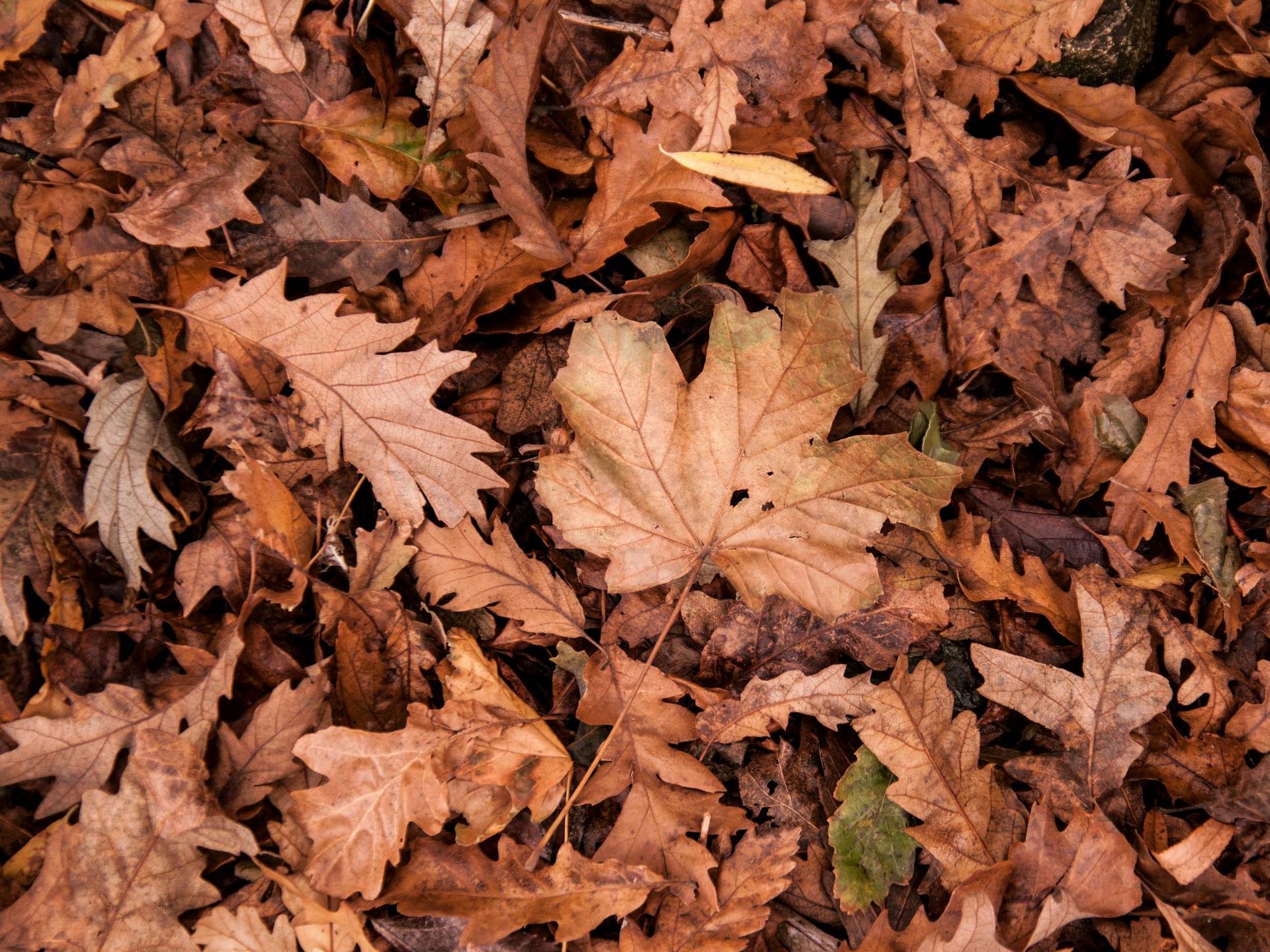Preparing Your Lawn and Landscape for Fall: Essential Tips for a Smooth Transition
As fall approaches with its crisp air and colorful foliage, it’s the perfect time to shift your focus to preparing your lawn and landscape for the upcoming season. The first day of fall is just around the corner and getting a head start with these top 10 tips will ensure your outdoor space remains vibrant and healthy throughout the cooler months.
1. Evaluate Your Lawn’s Health
Start by assessing the overall condition of your lawn. Look for areas with dead patches, thatch buildup, or compacted soil. Addressing these issues now will set the stage for a lush and healthy lawn come spring.
2. Aerate the Soil
Fall is an ideal time to aerate your lawn. Aeration involves perforating the soil with holes to allow air, water, and nutrients to penetrate the root zone more effectively. This process alleviates soil compaction, promotes root growth, and enhances the overall health of your lawn. Consider professional aeration if you’re unsure how to do it yourself.
3. Fertilize for Fall Growth
Applying fertilizer in the fall prepares your lawn for the winter months and encourages strong growth in the spring. Use a high-quality fall fertilizer with a balanced mix of nitrogen, phosphorus, and potassium to nourish your grass and support root development. Follow the manufacturer’s instructions for application rates and timing.
4. Overseed Bare Spots
If you have bare or thinning areas in your lawn, overseeding in the fall can help rejuvenate these patches before winter. Select a grass seed that matches your existing lawn and spread it evenly over the affected areas. Keep the soil consistently moist until germination occurs.
5. Manage Leaves and Debris
Fallen leaves and debris can suffocate your lawn and create a breeding ground for pests and diseases. Regularly rake or mow over leaves to keep them from accumulating. A leaf blower can also make cleanup quicker. Consider composting leaves to enrich garden soil or using them as mulch.
6. Trim and Prune Trees and Shrubs
Fall is a great time to prune trees and shrubs. Remove dead or diseased branches and shape your plants to encourage healthy growth. Proper pruning not only enhances the appearance of your landscape but also reduces the risk of damage from winter storms.
7. Prepare Your Garden Beds
Clear out dead plants and weeds from your garden beds and add a fresh layer of mulch to insulate the soil and protect plant roots. Mulch helps retain moisture and suppress weeds, giving your garden a head start in the spring.
8. Winterize Irrigation Systems
To prevent damage from freezing temperatures, winterize your irrigation system by draining all water from the pipes and components. If you’re unsure how to do this, it may be worth hiring a professional to ensure the system is properly prepared for winter.
9. Prepare Your Lawn Equipment
Before storing your lawn equipment for the winter, perform a thorough cleaning, change the oil, and replace any worn parts. Proper maintenance will keep your tools in good working condition and ready for use when spring arrives.
10. Update Your Outdoor Lighting
With shorter days in fall and winter, outdoor lighting becomes increasingly important. Check that all outdoor lights are working properly and consider adding additional lighting to highlight pathways, steps, and garden features. Well-lit areas enhance safety and improve the overall look of your landscape.
As fall draws near, taking these proactive steps will help you maintain a beautiful and healthy lawn and landscape throughout the season. By focusing on these top 10 tips, you’ll be well-prepared for the cooler months and set up for a successful growing season in the spring. If you need assistance with your lawn care and landscaping needs, contact us today for a free estimate. Let us help you keep your outdoor space in top shape year-round.
